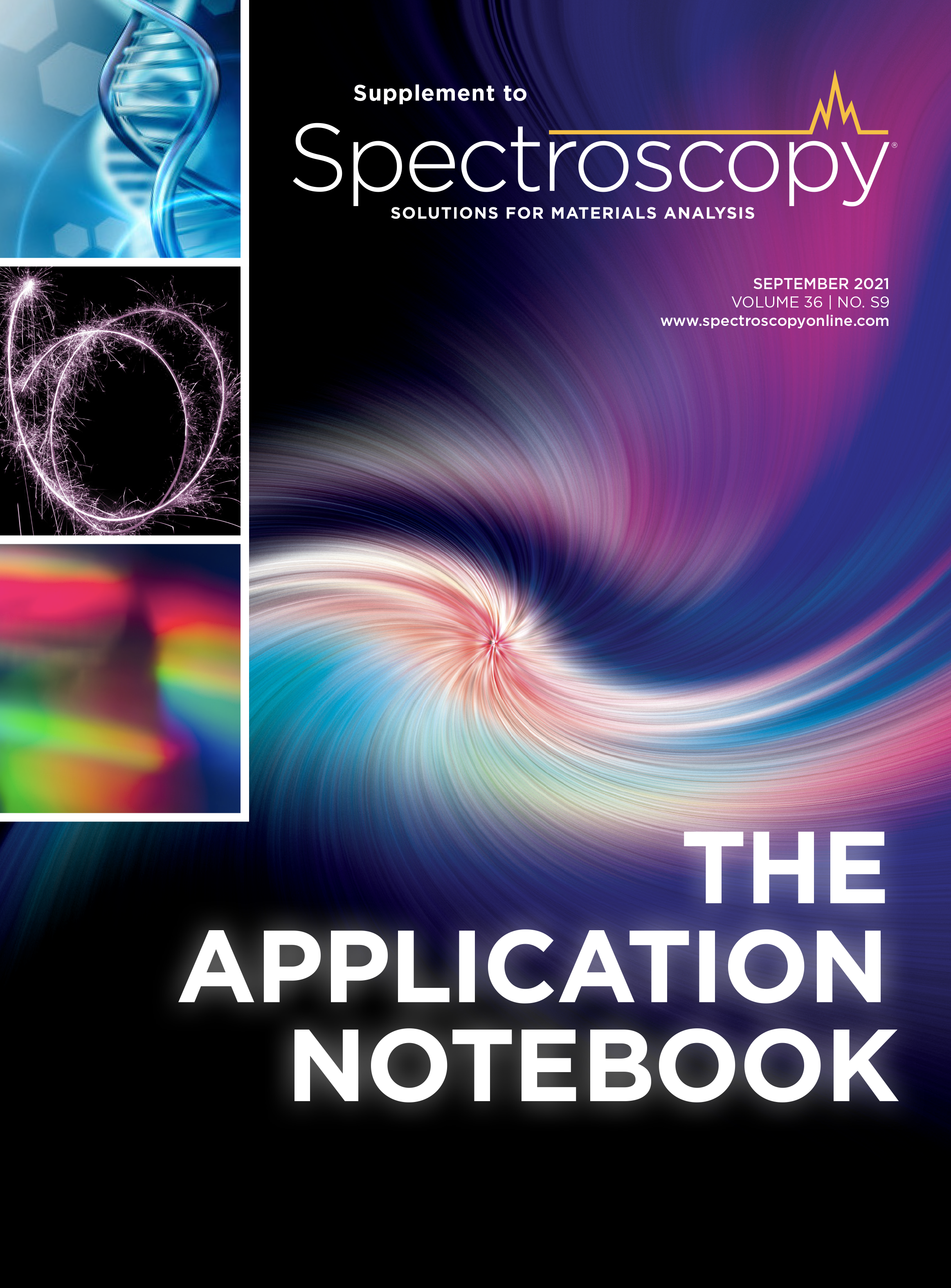A Novel Method for the Fast, Sensitive, and Simple Analysis of Total Fluorine in Wastewater
Sponsored Content
Per- and polyfluoroalkyl substances (PFAS) are a large class of synthetic chemicals that present numerous analytical challenges, including their widespread presence in a variety of environmental samples. In the US, PFAS may contaminate public drinking-water systems that serve an estimated 19 million people. The U. S. Environmental Protection Agency (EPA) is continuing to aggressively implement their PFAS Action Plan—the most comprehensive cross-agency plan ever to address an emerging chemical of concern. The EPA has established a non-enforceable health advisory level of 70 parts per trillion (ppt) for the sum of pentadecafluorooctanoic acid (PFOA) and heptadecafluorooctanesulfonic acid (PFOS) for drinking water. The EPA is developing a potential rapid screening tool to identify total PFAS presence and absence in 2021. This eventual standard operating procedure will be used to quantify total organic florine (TOF).
Therefore, a sensitive, fast, and simple TOF detection method is needed for environment pollution monitoring and control. The method is based on a combination of solid-phase extraction (SPE) with high-resolution–continuum source graphite furnace molecular absorption spectrometry (HR-CS GF MAS). In another Application Note, “Determination of Extractable Organically Bound Fluorine (EOF) in Surface Water”, the solid phase extraction (SPE) procedure has been fully discussed for the extraction of fluorinated com- pounds. HR-CS GF MAS was used to detect total fluorine via in-situ formation of gallium(I) fluoride (GaF) molecules. In this study, we focus on improving the performance of total florine (TF) analysis in wastewater by optimizing HR-CS GF MAS method and applying novel calibration strategies.
Challenge: A simple, fast, and sensitive detection of total fluorine in wastewater.
Solution: With regard to the determination of a sum parameter of fluorinated compounds, a species-unspecific response of high-resolution continuum source graphite furnace molecular absorption spectrometry (HR-CS GF MAS) was developed.
Method Development Strategy
For the quantification of fluorinated organic compounds as a sum parameter, a species-unspecific response for HR-CS GF MAS method needs to be developed and optimized. From our past research, gallium has proven to enable the most sensitive fluorine detection via diatomic GaF formation. The characteristic molecular absorption of the GaF is then detected by HR-CS-GF MAS. To achieve the best signal, the furnace tube was conditioned with the molecule forming agent (Ga) and modifiers (Pd/Mg/Zr/Ba) before the sample was injected. From the literature, it’s known that melting point/vapor pressure of the fluorinated compounds significantly impacts the recovery rates of the different compounds. Thus, the drying and pyrolysis procedure in the furnace program were optimized to keep possible losses of fluorinated compounds as low as possible. To evaluate the optimization approach, 24 different fluorine compounds were mixed for the QC sample. These 24 compounds were selected with different numbers of fluorine atoms and boiling points. Calibration strategies were developed to obtain the best recovery rate for this QC sample.
Conclusion
In this study, a fast, easy, and sensitive complementary method for total fluorine analysis in wastewater is presented. This study shows that the MAS method can be successfully applied using the contrAA 800 G for the measurements. The optimized furnace program and calibration strategy provide high sample throughput, sensitivity, and accuracy. Only 3.5 min/replicate is needed for each sample. A 100% recovery rate of QC sample is successfully achieved with an inorganic and organic mixture calibration strategy. The lowest LOD of 4 ppb is also achieved using the inorganic and organic mixture calibration strategy. The results of fluorine determination by HR-CS-GF MAS show good reproducibility and long-term stability. Sample dilution and spiking can be easily achieved with an AS-GF autosampler. No additional cleaning steps are required for this method.
Analytik Jena US
100 Cummings Center, Suite 234-N
Beverly, MA 01915
Website: www.analytik-jena.com
